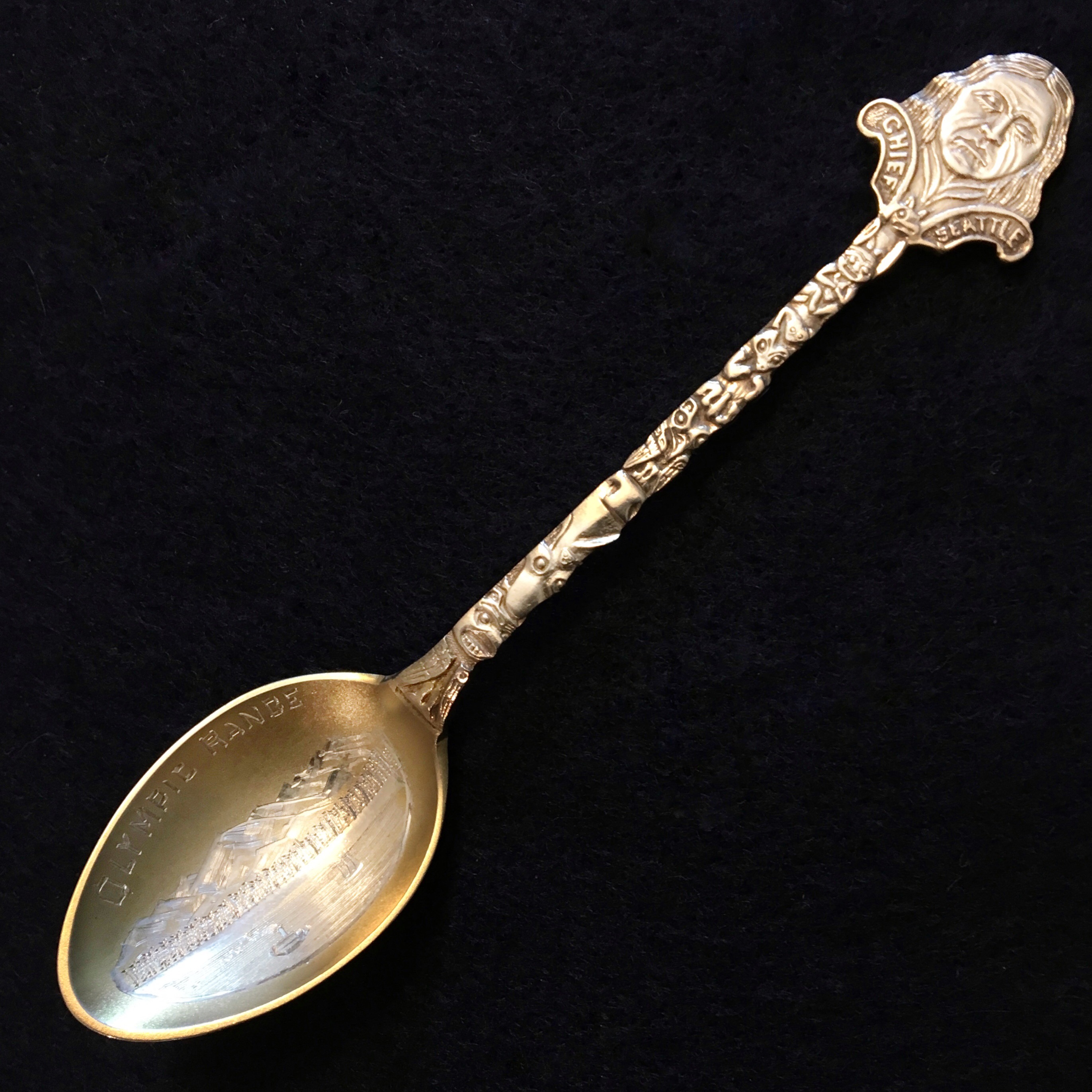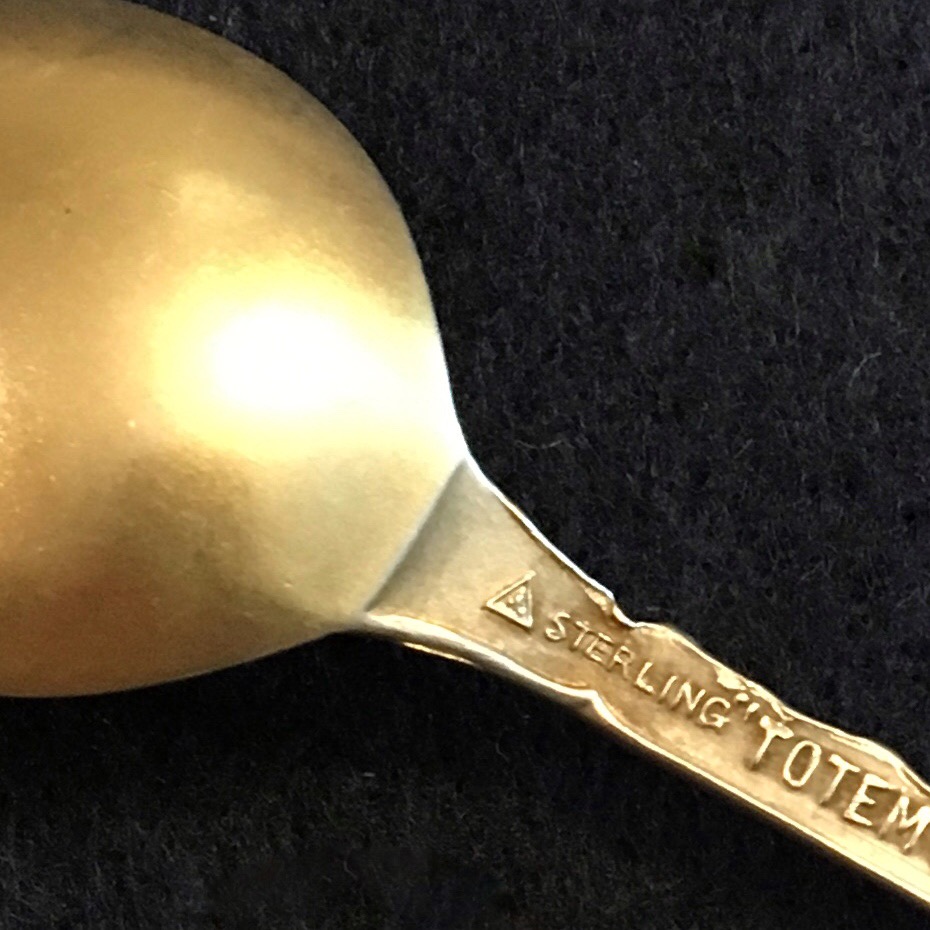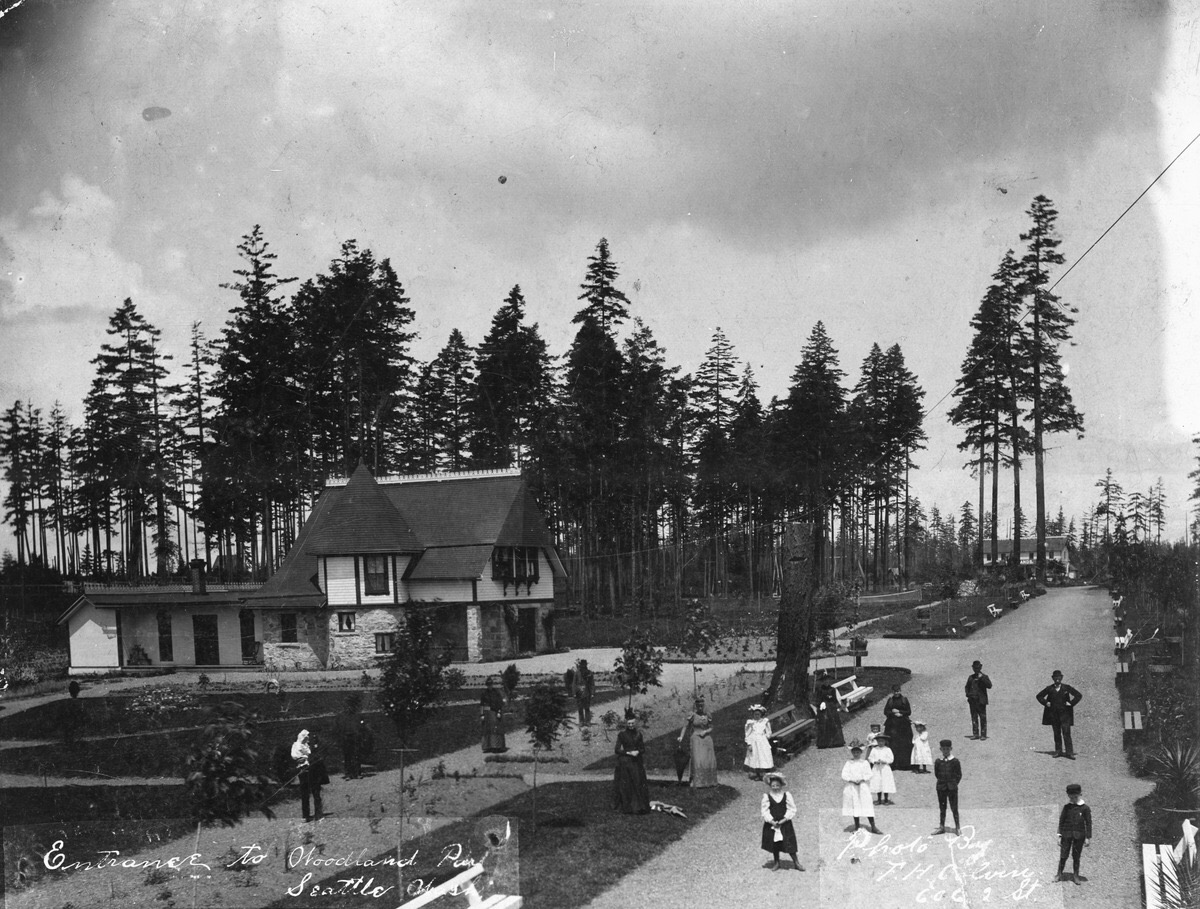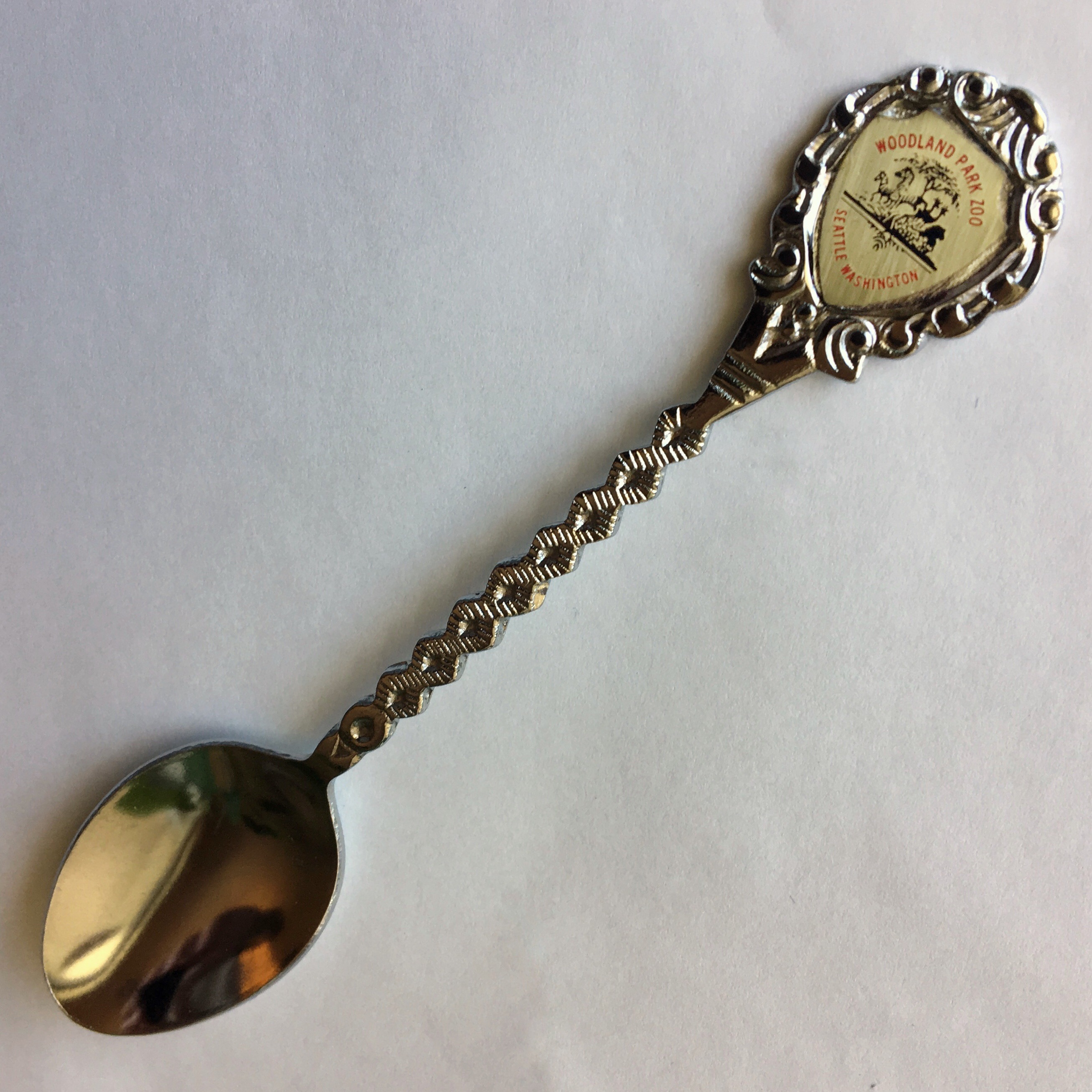June 6, 1889 was not a terrific day for the city of Seattle. Late in the afternoon, down in Pioneer Square, a man named John Back was heating glue in a pot over a gasoline fire in a woodworking shop. The glue boiled over, caught fire, and quickly spread, fueled by wood chips and turpentine on the floor.
This was the start of The Great Seattle Fire, a catastrophe that literally changed our city. By the morning of June 7, the fire had burned about 25 square city blocks of wooden buildings, and about 10 brick buildings to the ground, including most of the city’s business district, all but four wharves, and all of the railroad terminals.
In response to the fire, city officials decided to make some big changes. They took control of the city’s water supply, passed ordinances requiring all buildings to be constructed of stone or brick, and they decided to regrade the streets downtown one to two stories higher than the original streets. And that, ladies and gentlemen, is how we ended up with the Seattle Underground.
Today’s spoon celebrates Seattle’s namesake, Chief Seattle. It features his likeness and name at the top, with a detailed totem pole down the handle. The bowl has an engraving of the Olympic Mountain Range as seen from downtown.

The manufacturer’s mark on the back—a fleur-de-lis in a triangle—was the original Joseph Mayer & Brothers Mark used from 1895 to 1897, when the fledgling company had a store in the rebuilt and revitalized Pioneer Square. In 1897, the company changed to the more recognizable pick axe and shovel with the initials “MB”, which was used on their silver pieces until the 1920s.

While cleaning this spoon, I discovered that the bowl wasn’t tarnished, but has a gold wash over the sterling silver. It’s very pretty – one of my favorite spoons.








